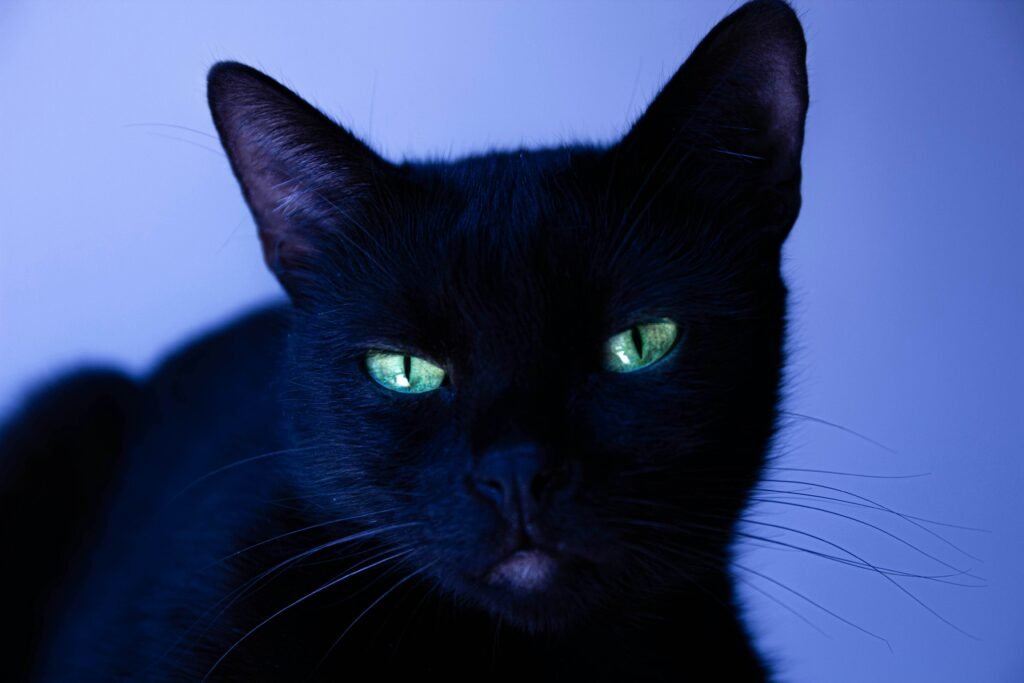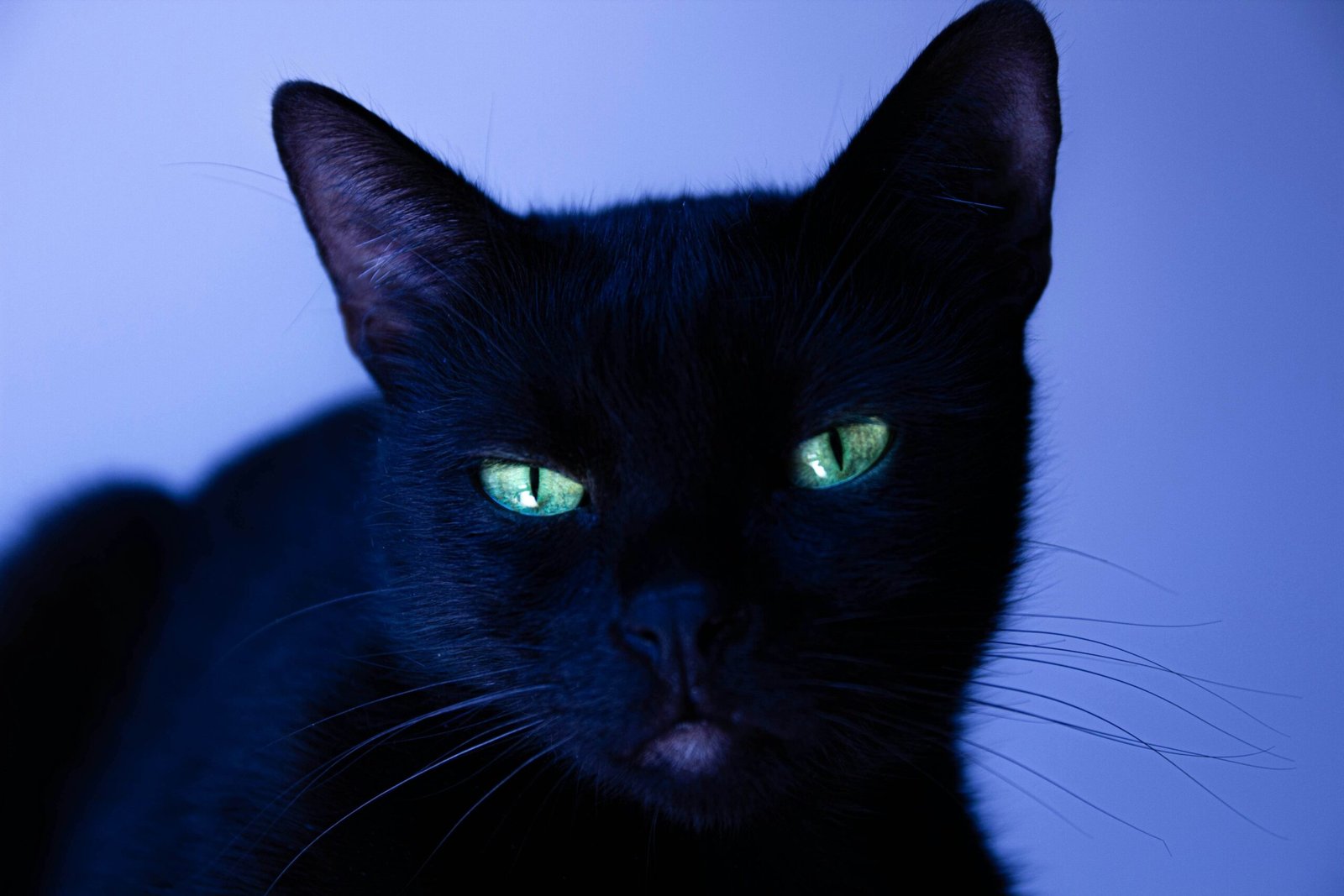Is Cat Litter Toxic? Understanding the Risks and Safety Measures
Cat litter is an essential part of every cat owner’s routine, but have you ever wondered if it could pose risks to your furry friend or even to you? While most commercial cat litters are designed to be safe, not all types are created equal, and certain ingredients or improper use can lead to health concerns. From potential respiratory issues to ingestion hazards, understanding whether cat litter is toxic requires a closer look at its components and proper handling.
In this blog post, we’ll explore the safety of different types of cat litter, highlight potential risks, and provide tips to ensure your home remains a healthy environment for both your cat and your family. By the end, you’ll feel confident in making informed choices about the litter you bring into your home.
Potential Risks Associated with Certain Types of Cat Litter
Not all cat litters are equally safe, and some may pose risks depending on their composition or how they’re used. Here are some potential dangers to be aware of:
Dust from Clumping Clay Litter
Fine dust particles from clay-based litters can irritate your cat’s respiratory system, especially if they have pre-existing conditions like asthma.Silica Gel Crystals
While silica gel crystals are highly absorbent, they can cause skin irritation if ingested or inhaled in large quantities.Scented Additives
Artificial fragrances in scented litters may trigger allergies or sensitivities in both cats and humans.Bentonite Clay Ingestion
If ingested in large amounts, bentonite clay found in clumping litters can cause gastrointestinal blockages in cats.Natural Litter Concerns
Some plant-based litters, such as those made from corn or wheat, can pose risks if mold develops or if a cat has grain allergies.
Understanding these risks helps you make safer choices when selecting cat litter and ensures your pet’s well-being.
Safe Alternatives to Potentially Toxic Cat Litter
If you’re concerned about the safety of traditional cat litters, there are plenty of alternatives that prioritize your cat’s health and the environment. Here are some options to consider:
Paper-Based Litter
Made from recycled paper, this biodegradable option is low-dust and gentle on sensitive paws.Wood Pellet Litter
Wood pellets are eco-friendly, highly absorbent, and free from harmful chemicals or additives.Tofu or Soy-Based Litter
These litters are biodegradable, virtually dust-free, and safe for cats with allergies.Coconut Coir Litter
Derived from coconut husks, this litter is sustainable, odor-absorbing, and non-toxic.Non-Clumping Clay Options
Non-clumping clay litters produce less dust and reduce the risk of ingestion-related blockages.
Switching to one of these safer alternatives can help minimize potential health risks while keeping your home fresh and clean.
Check this guide 👉DIY Cat Litter Box: Best 7 Expert Tips!
Check this guide 👉Types of Cat Litter: Best 7 Expert Tips!
Check this guide 👉Finding the Best Cat Litter for Odor Control: Best 7 Tips!

Types of Cat Litter | Key Characteristics |
|---|---|
Clay-Based Litter | Affordable, widely available, but dusty |
Silica Gel Crystal Litter | Highly absorbent, low-maintenance |
Plant-Based Litter (Corn/Wheat) | Eco-friendly, biodegradable, but pricier |
Paper-Based Litter | Dust-free, soft on paws, lightweight |
Wood Pellet Litter | Sustainable, excellent odor control |
Tips for Using Cat Litter Safely in Your Home
Even with the safest litter options, proper usage is crucial to prevent any potential toxicity or health issues. Here are some tips to keep in mind:
Choose Low-Dust Formulas
Opt for litters labeled as “low-dust” or “dust-free” to protect your cat’s respiratory health.Avoid Overfilling the Litter Box
Using too much litter can increase the likelihood of spills and accidental ingestion.Clean Regularly
Frequent cleaning prevents bacteria buildup and reduces exposure to harmful odors or contaminants.Store Litter Properly
Keep litter in a cool, dry place to avoid moisture absorption, which can lead to mold growth.Monitor Your Cat’s Behavior
Watch for signs of discomfort, such as sneezing, coughing, or changes in bathroom habits, which may indicate a reaction to the litter.
By following these tips, you can create a safer and more hygienic environment for your cat and your household.
Signs Your Cat May Be Reacting to Toxic Litter
If your cat is experiencing adverse reactions to their litter, it’s important to recognize the symptoms early. Here are some warning signs to watch for:
Respiratory Issues
Frequent sneezing, wheezing, or labored breathing may indicate irritation from dust or chemicals.Skin Irritation
Redness, itching, or swelling around the paws could suggest an allergic reaction to the litter material.Digestive Problems
Vomiting or constipation might occur if your cat has ingested harmful particles from the litter.Behavioral Changes
Refusal to use the litter box or excessive paw licking can signal discomfort or dissatisfaction.Unusual Odor Sensitivity
If your cat avoids the litter box due to strong scents, it may be reacting to artificial fragrances.
If you notice any of these signs, consider switching to a safer litter option and consulting your veterinarian for further advice.
Common Ingredients in Cat Litter and Their Safety
Understanding the ingredients in cat litter is key to determining its safety for your cat and household. Here’s a breakdown of common ingredients and their potential effects:
Bentonite Clay
Widely used for its clumping properties, bentonite clay is generally safe but can cause blockages if ingested in large amounts.Sodium Bentonite
A specific type of bentonite, sodium bentonite expands when wet and should be avoided if your cat tends to ingest litter.Silica Gel
Highly absorbent and effective at controlling odors, silica gel is safe unless inhaled or consumed excessively.Corn or Wheat
Plant-based litters made from corn or wheat are biodegradable but may attract mold or pests if not stored properly.Recycled Paper
Paper-based litters are dust-free and eco-friendly but may lack the odor control of other materials.
By familiarizing yourself with these ingredients, you can choose a litter that aligns with your cat’s needs and your household’s priorities.
Tips for Transitioning to a New Cat Litter
Switching your cat’s litter requires a gradual approach to avoid confusion or refusal to use the litter box. Here are some tips to make the transition smoother:
Mix Old and New Litter
Start by blending the old litter with the new one, gradually increasing the proportion of the new litter over time.Maintain Consistent Placement
Keep the litter box in the same location to minimize stress during the transition.Clean the Litter Box Thoroughly
Before introducing the new litter, clean the box to remove any residual scent from the previous product.Observe Your Cat’s Reaction
Watch for signs of acceptance or rejection, such as digging behavior or avoidance of the box.Provide Multiple Boxes (If Needed)
For multi-cat households, offer both types of litter temporarily to give cats a choice.
A thoughtful transition process ensures your cat adapts comfortably to the new litter without resistance.
How to Dispose of Cat Litter Safely
Proper disposal of cat litter is essential to protect the environment and maintain hygiene. Here are some guidelines for safe and responsible disposal:
Avoid Flushing Clay or Crystal Litter
Most clay and crystal litters are not biodegradable and can harm plumbing systems or water treatment facilities.Use Biodegradable Bags
Dispose of waste in compostable or biodegradable bags to reduce plastic waste.Compost Plant-Based Litter Carefully
Only compost litter made from natural materials like corn or paper, and never use it for food gardening.Check Local Regulations
Some areas have specific rules about disposing of pet waste, so ensure compliance with local guidelines.Double-Bag Soiled Litter
For heavily soiled litter, double-bagging helps contain odors and prevents leaks during disposal.
By following these practices, you can minimize the environmental impact of cat litter while maintaining cleanliness in your home.
Frequently Asked Questions About Cat Litter Safety
Can cat litter harm my cat’s health?
Certain types of litter, especially those with high dust or harmful additives, can pose risks if misused or ingested.
Is silica gel litter safe for cats?
While generally safe, silica gel litter should be used cautiously to avoid inhalation or ingestion risks.
What litter is best for cats with allergies?
Unscented, dust-free, and natural litters like paper-based or tofu-based options are ideal for sensitive cats.
How often should I change my cat’s litter?
Scoop daily and completely replace the litter every 1-2 weeks, depending on the type and number of cats.
Can cat litter affect human health?
Dusty or improperly handled litter can irritate human lungs, so choose low-dust options and practice good hygiene.
Final Thoughts: Prioritizing Safety When Choosing Cat Litter
Is cat litter toxic? The answer depends on the type of litter and how it’s used. While most commercial litters are designed to be safe, understanding their potential risks allows you to make better choices for your cat’s health and your peace of mind. By opting for low-dust, non-toxic, and environmentally friendly options, you can create a safe and comfortable environment for your feline friend. Remember, regular monitoring and proper maintenance of the litter box are just as important as choosing the right product. With these insights, you can confidently navigate the world of cat litter and ensure your home remains a happy, healthy space for everyone.
Can a Cat Die from a Cold? Best 7 Expert Tips! Learn how to identify, treat, and prevent feline colds while understanding when to seek veterinary care for your cat’s health.
Cat Screaming for Food: Best 7 Expert Tips! Discover effective strategies to manage your cat's food-related vocalizations and create a peaceful feeding routine.
Aspiration Pneumonia in Cats: Best 7 Expert Tips! Discover causes, symptoms, and treatment advice to protect your cat’s respiratory health and ensure a speedy recovery.
Hip Dysplasia in Cats: Best 7 Expert Tips! Discover expert advice on managing hip dysplasia in cats, from symptoms and prevention to treatment options for a happier, healthier feline life.





